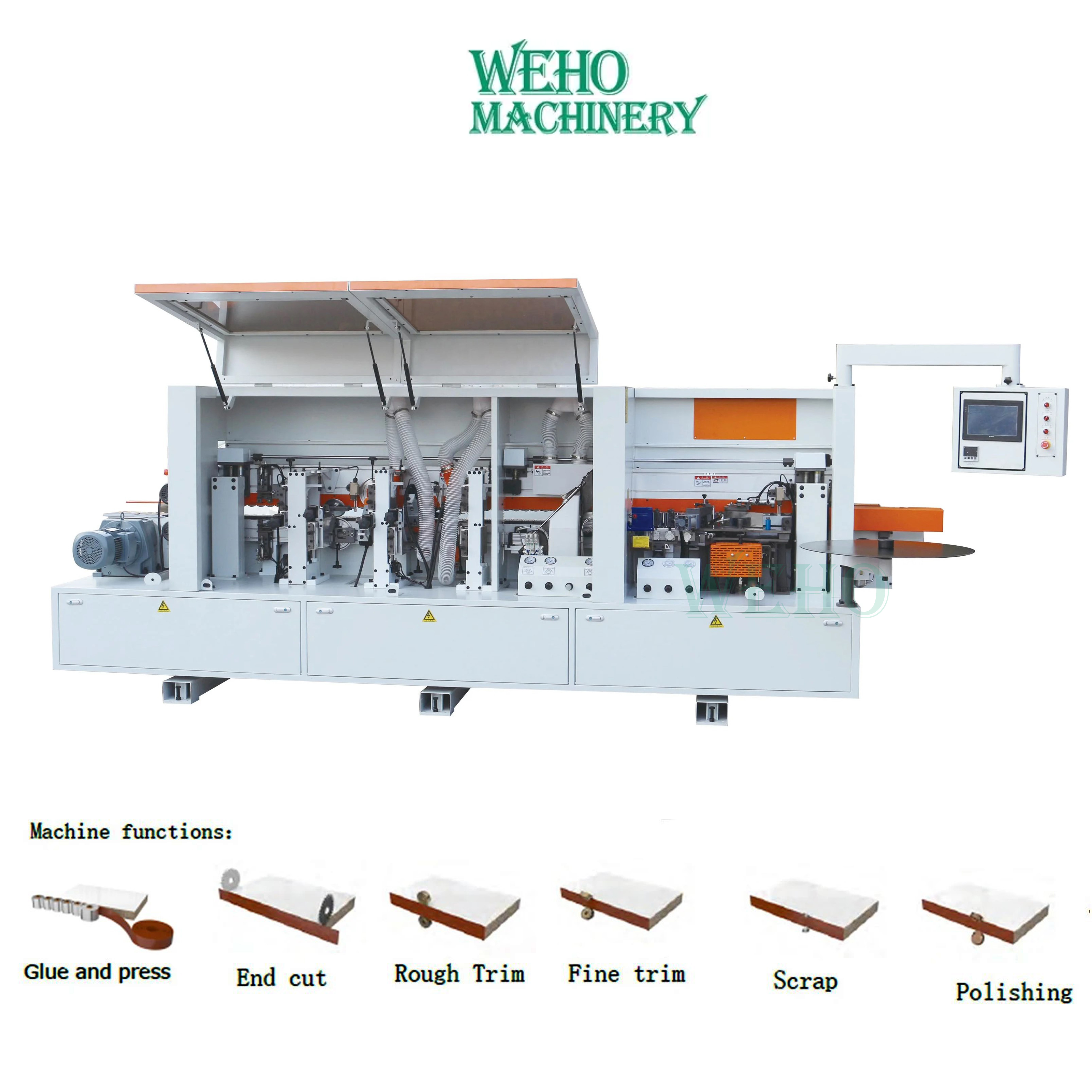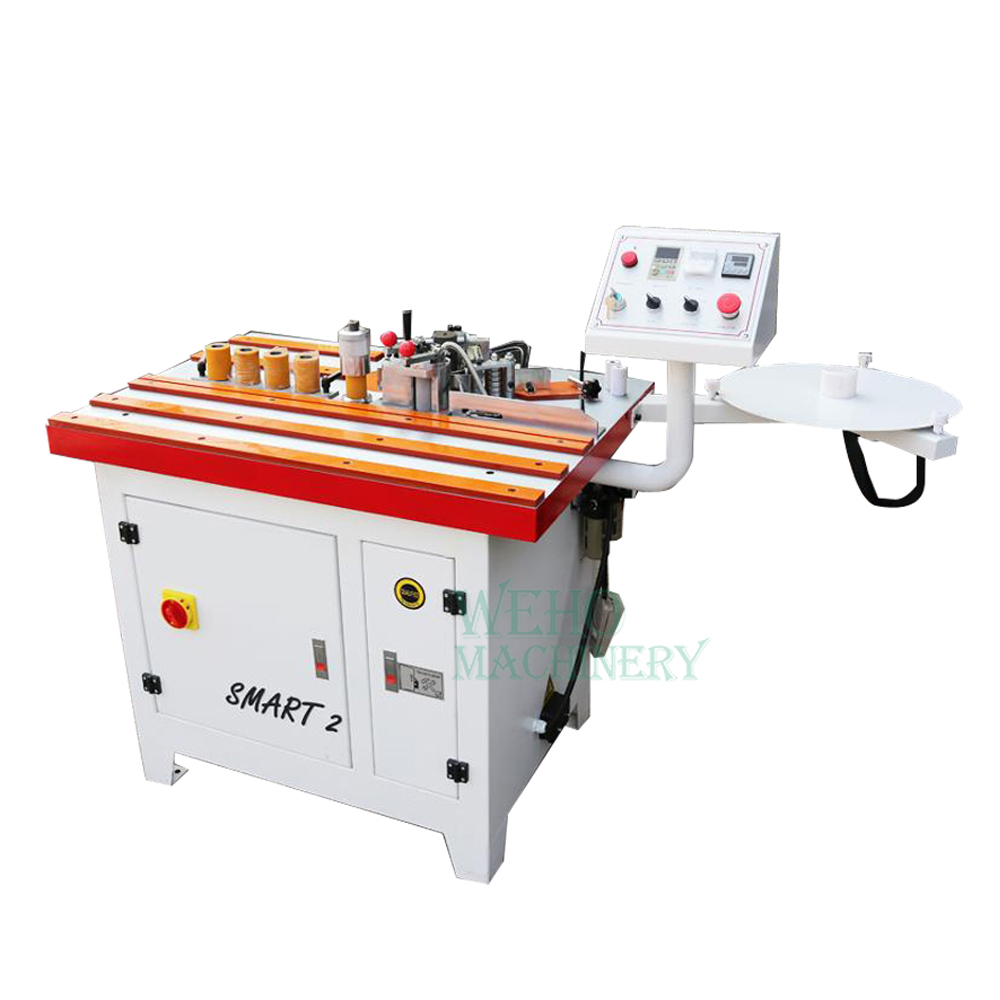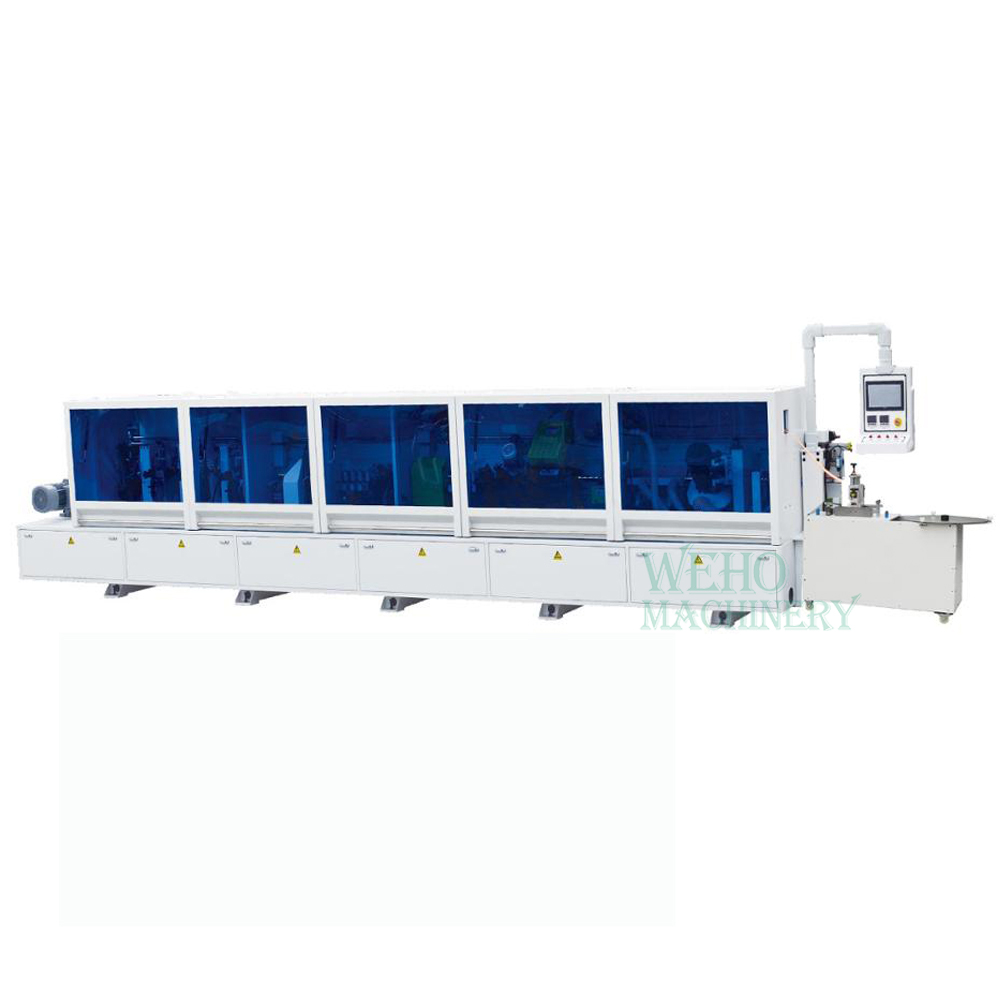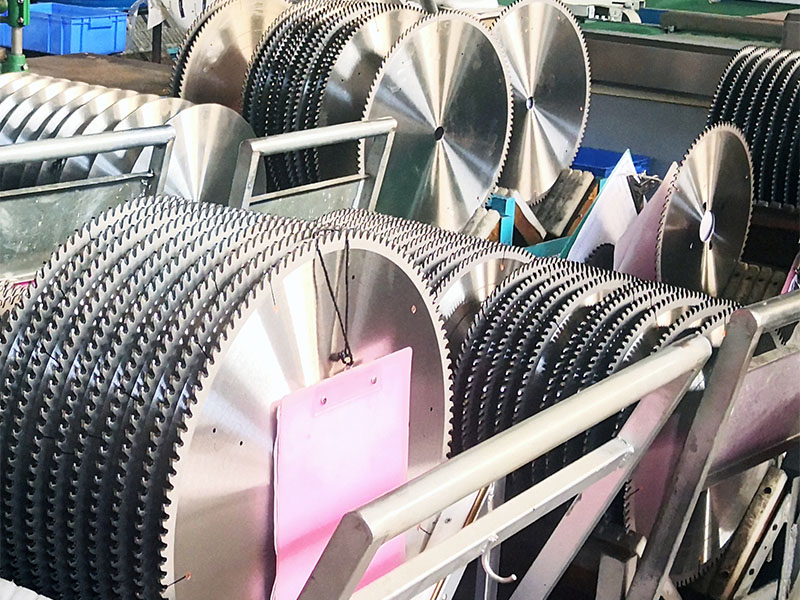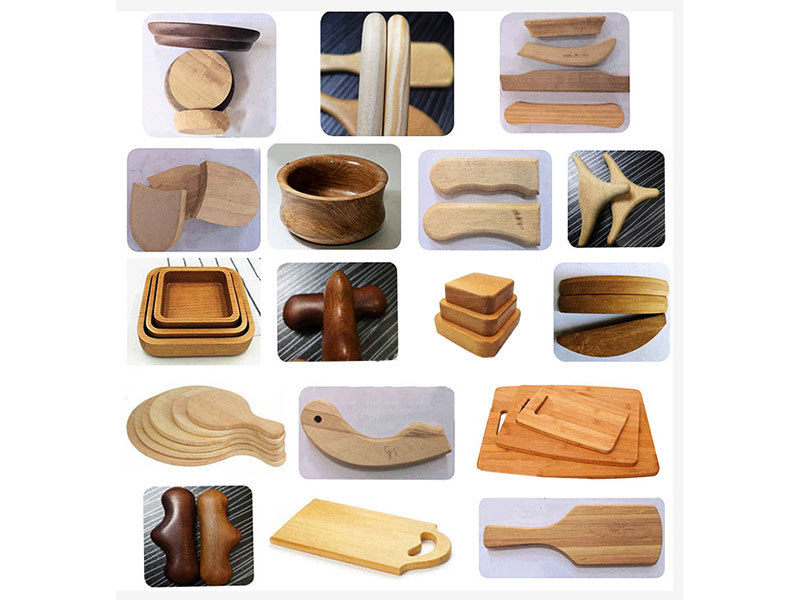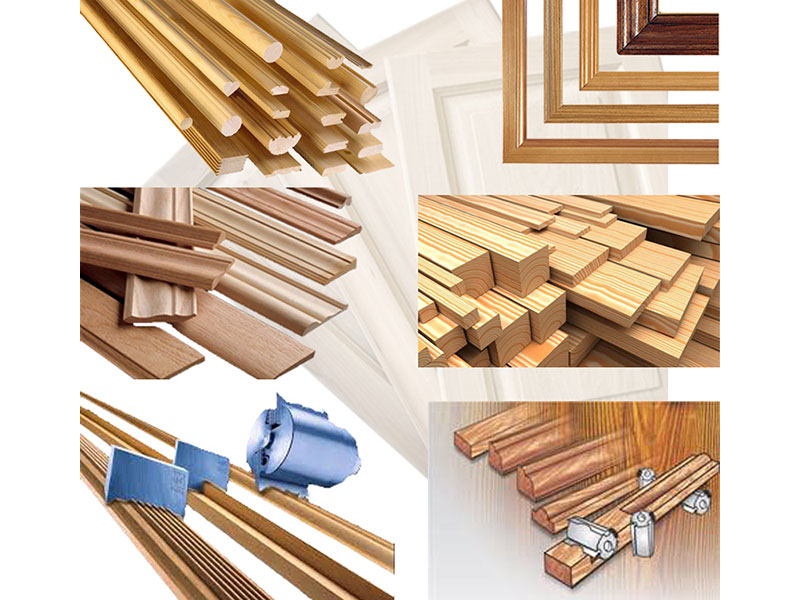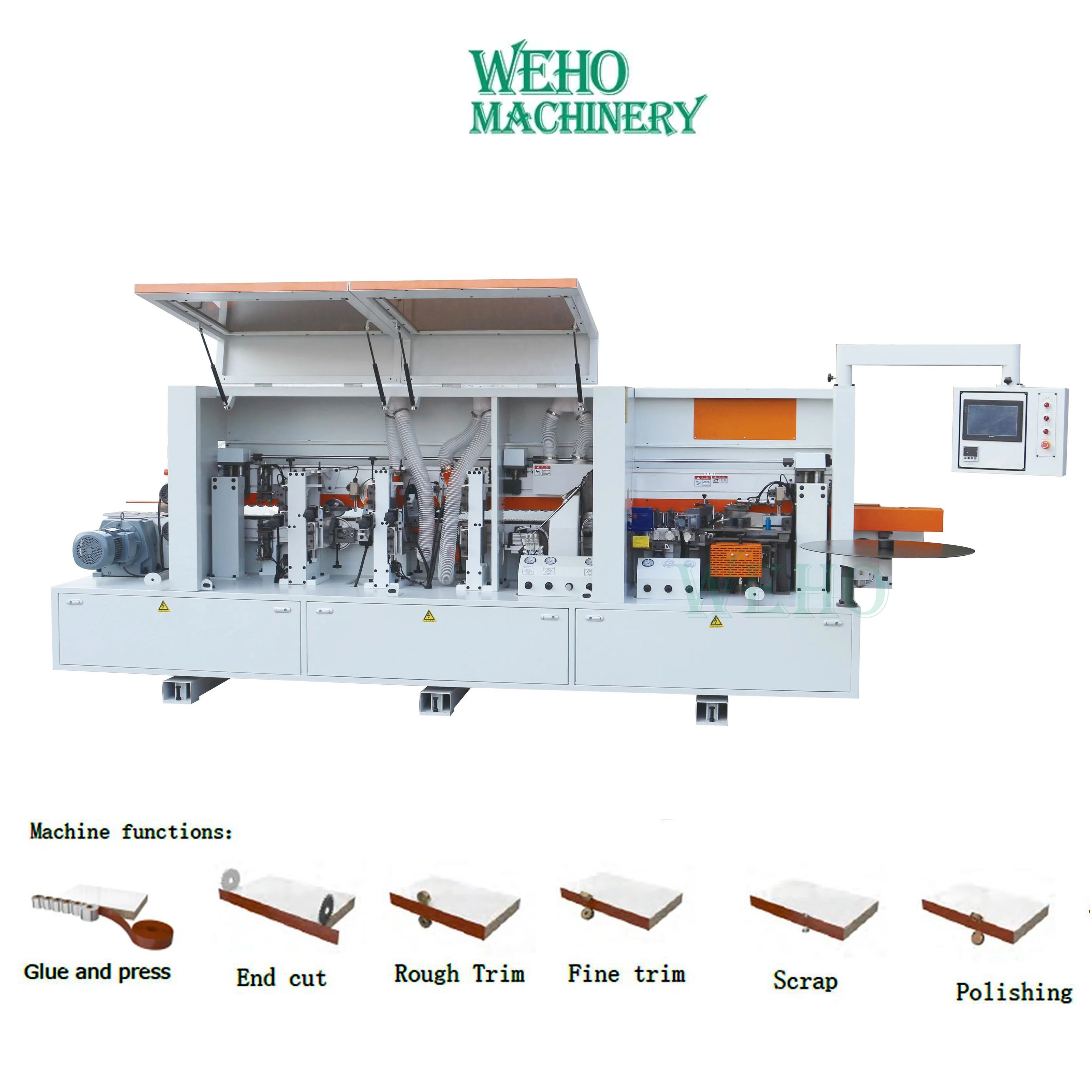
Are Edge Banding Machines Suitable For Woodworking?
Edge banding machines have become essential tools in modern woodworking, particularly in the furniture-making industry. They enhance the durability, aesthetics, and functionality of wood products by applying a thin strip of material to the edges of panels such as plywood, particleboard, or MDF. This article explores the suitability of edge banding machines for woodworking, examining their types, features, benefits, and considerations for selection.
Understanding Edge Banding Machines
What is Edge Banding?
Edge banding refers to the process of applying a thin strip of material—known as edge banding—to the exposed edges of panel materials. This process not only improves the appearance of the panels but also protects them from moisture and wear.
Types of Edge Banding Machines
Edge banding machines come in various types, each designed for specific applications and production scales:
-
Manual Edge Banding Machines: These require significant operator involvement and are ideal for small workshops or DIY enthusiasts due to their affordability and simplicity.
-
Semi-Automatic Edge Banding Machines: These offer a balance between manual and automatic operations, making them suitable for small to medium-sized businesses that need higher efficiency than manual machines can provide.
-
Automatic Edge Banding Machines: Designed for high-volume production environments, these machines require minimal operator intervention and offer features such as automatic feeding, gluing, trimming, and buffing.
- Portable Edge Banding Machines: These versatile machines can be used on-site for repairs or smaller projects where mobility is essential.
Key Features to Consider
When selecting an edge banding machine, several key features can significantly impact productivity and work quality:
-
Glue Application System: The type of glue application system is crucial for ensuring a strong bond between the edge band and the panel. Common systems include hot melt glue systems and pre-glued edge bands.
-
Trimming and Buffing: Most modern machines come equipped with trimming and buffing units to provide a smooth finish by removing excess material and polishing the edge band.
-
Control Systems: Advanced control systems can automate many functions, enhancing precision and reducing operator error. Look for machines with intuitive interfaces and programmable settings for different materials.
-
Feed Speed: The machine's feed speed determines how quickly it can process panels; higher speeds are beneficial for large-scale production but must maintain quality.
-
Versatility: Machines capable of handling various edge band materials such as PVC, ABS, wood veneer, and melamine add value by allowing work with different materials without needing multiple machines.
Benefits of Using Edge Banding Machines
Improved Durability
Edge banding provides a protective layer that prevents moisture from penetrating core materials, thereby enhancing the durability of finished products. This is particularly important in environments where wood products are exposed to humidity or temperature fluctuations.
Enhanced Aesthetics
A well-applied edge band gives furniture and panels a polished appearance that significantly improves their visual appeal. This is crucial in competitive markets where aesthetics can influence consumer choices.
Increased Efficiency
Automated edge banding machines dramatically reduce the time required to edge panels. This increase in efficiency translates into higher productivity levels, allowing businesses to meet growing demand without compromising quality.
Cost Savings
By improving production efficiency and reducing waste through precise application techniques, edge banding machines can lead to significant cost savings over time. The initial investment may be substantial; however, the long-term benefits often outweigh these costs.
Considerations When Choosing an Edge Banding Machine
Selecting the right edge banding machine involves evaluating specific needs and production requirements:
Production Volume
Consideration of production volume is critical when choosing a machine. High-volume environments benefit from fully automated machines that handle large quantities efficiently. In contrast, small workshops may find manual or semi-automatic machines more suitable.
Budget
Budget constraints will play a significant role in machine selection. While automatic machines offer greater efficiency, they also come with higher price tags. It is essential to weigh costs against expected benefits to determine the best value for your investment.
Space Requirements
Ensure adequate space in your workshop for the machine. Some models—especially fully automated ones—require considerable floor space. Planning for this aspect can prevent operational challenges later on.
Technical Support and Maintenance
Opt for machines from reputable manufacturers that provide reliable technical support and maintenance services. This ensures minimal downtime and keeps your machine operating efficiently throughout its lifespan.
Conclusion
Edge banding machines are vital tools in woodworking operations, enhancing both productivity and product quality. By understanding the different types available, their key features, benefits, and considerations for selection, woodworkers can make informed decisions that align with their specific needs. Whether operating a small workshop or a large manufacturing facility, investing in the right edge banding machine can significantly impact business success.
In summary, edge banding machines are indeed suitable for woodworking due to their ability to improve durability, aesthetics, efficiency, and cost-effectiveness. As woodworking continues to evolve with technological advancements, these machines will remain integral to achieving high-quality results in furniture making and other wood-related projects.


